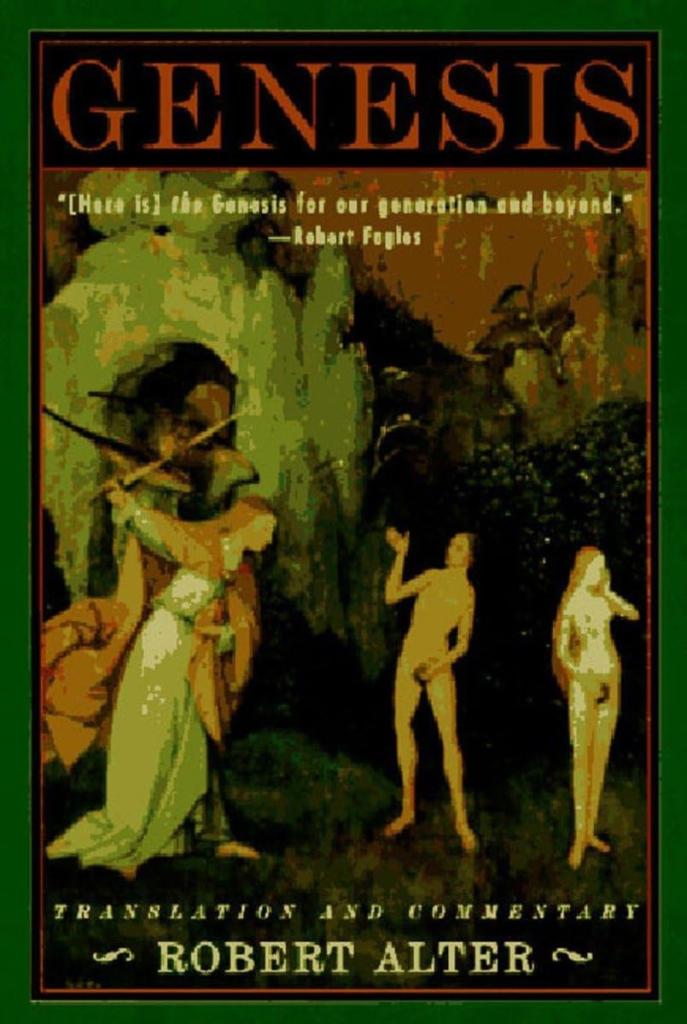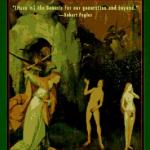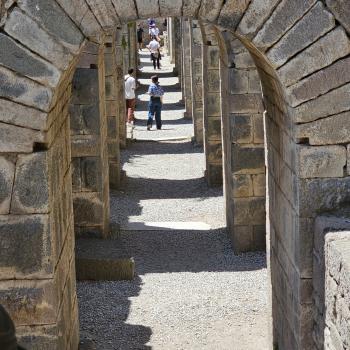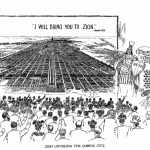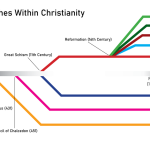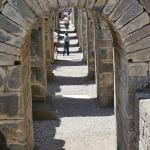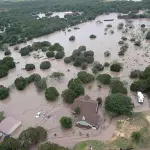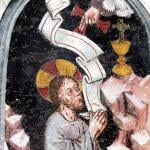Genesis 8 tells the story of the aftermath of the flood. Here we are told that after 150 days the waters subsided and the ark landed on ‘the mountains of Ararat’. God commands Noah to leave the ark with all those in it, including all the creatures great and small and they are to start reproducing again. Noah builds an altar and made offerings of every clean animal in thanks, and the text adds “And the Lord smelled the fragrant odor and the Lord said in his heart “I will not again damn/curse the soil on humankind’s score. For devising of the human heart are evil from youth. And I will not strike down all living things as I did. As long as all the days of the earth–seedtime and harvest, and cold and heat, and summer and winter, and day and night shall not cease”. As Alter notes, Adonai is not ever depicted as eating the sacrifice, unlike the pagan stories, as Adonai has no need of food provided by humans. The word for fragrance nihoah puns on the name Noah. Notice the echo of Gen. 6.6- and God was grieved in his heart… and the reference to human evil here deliberately echoes Gen. 6.5. Human nature is not changed by the flood judgment. The oath of God here about non-destruction is made by God to himself, not to Noah. ‘Note to self….’
Moving on to Gen. 9… Noah is told in essence to be a vegetarian, and God goes on to say that anyone who takes a human life– whether it is an animal or a person, God will require their lifeblood of them, and the reason is because humans are created in God’s image, and God made humankind to multiply and hold sway over the earth. THis is a system of retributive justice as Alter says. Here we also have for the first time a reference to a berith, a covenant between God and Noah and his clan, and he promises never to destroy the earth again by flood. God said that the sign of this covenant is the rainbow he set in the clouds, and it is said to be a covenant between God and the earth itself (9.13).
At vss. 20-21 we have the sordid and besotted tale of Noah becoming a vintner, planting grapes and in due course becoming drunk, exposing himself within his own tent, and we are told Ham ‘saw’ his father’s nakedness, did nothing to hide his father’s shameful behavior, but instead told Shem and Japeth about it who promptly went into the tent backwards and covered their father up. Noah awakes, and somehow knows he’s been abused, perhaps sexually abused, by his youngest son. Alter points out that the phrase ‘to see X’s nakedness’ often connotes to copulate with. Notice that Ham is the father of Canaan, and we are told that Canaan will be a slave to Shem and Japeth as a result.
Gen. 10 continues with the genealogy of Noah, and here are a few highlights: 1) we learn of Nimrod, who is said to be the first great hunter, indeed ‘a mighty hunter before the Lord’; 2) But to this is added that the start of his kingdom was Babylon in the land of Shinar, which is one ancient name for Babylonia. 3) we are told that Asshur emerged from here and built Nineveh (a city made famous in the book of Jonah). 4) a group called the Caphtorites are said to be the clan from which the Philistines emerged. 5) eventually we are told that later the tribes of the Canaanites spread out, and it included from Sidon (today in Lebanon in the North) all the way to Gerar as far as Gaza until you come to Sodom and Gomorrah and Admah and Zeboyim. All these places were later famous for being destroyed by judgments of God (see even as late as Hos. 11.8). 6) Eber is mentioned as a brother of Japeth, and his name is in fact the origin of the name Hebrew (i.e. ‘ibrim). 7) this is also the chapter that mentions diverse languages in these diverse tribal groups, or perhaps diverse dialects of a language, because the next chapter will deal with the tower of Babel and the confusing or multiplication of languages. 8) earlier in vss. 3-4 we hear about Javan (and ancient name for Greece), and. Tarshish (on the coast of the Mediterranean –cf. Jonah story). While we might find this table of nations and genealogies boring, Alter reminds us that this text is unprecedented in all the ANE literature. He says p. 42: “the Table of Nations is a serious attempt,unprecedented in the Ancient Near East to sketch a panorama of of all known human cultures — from Greece and Crete in the west through Asia Minor and Iran down through Mesopotamia and the Arabian peninsula to northwestern Africa.” He adds that this text has been a happy hunting ground for archaeologists because much of what is said here has analogues in ancient inscriptions and tablets from other ANE cultures. Geographic, ethnic and linguistic criteria are used to define clans, or nations. What I would note is once again this listing refers to the then known Mediterranean and ANE world, not the whole world as we know it. Only in the former sense can the table be called universalistic.


